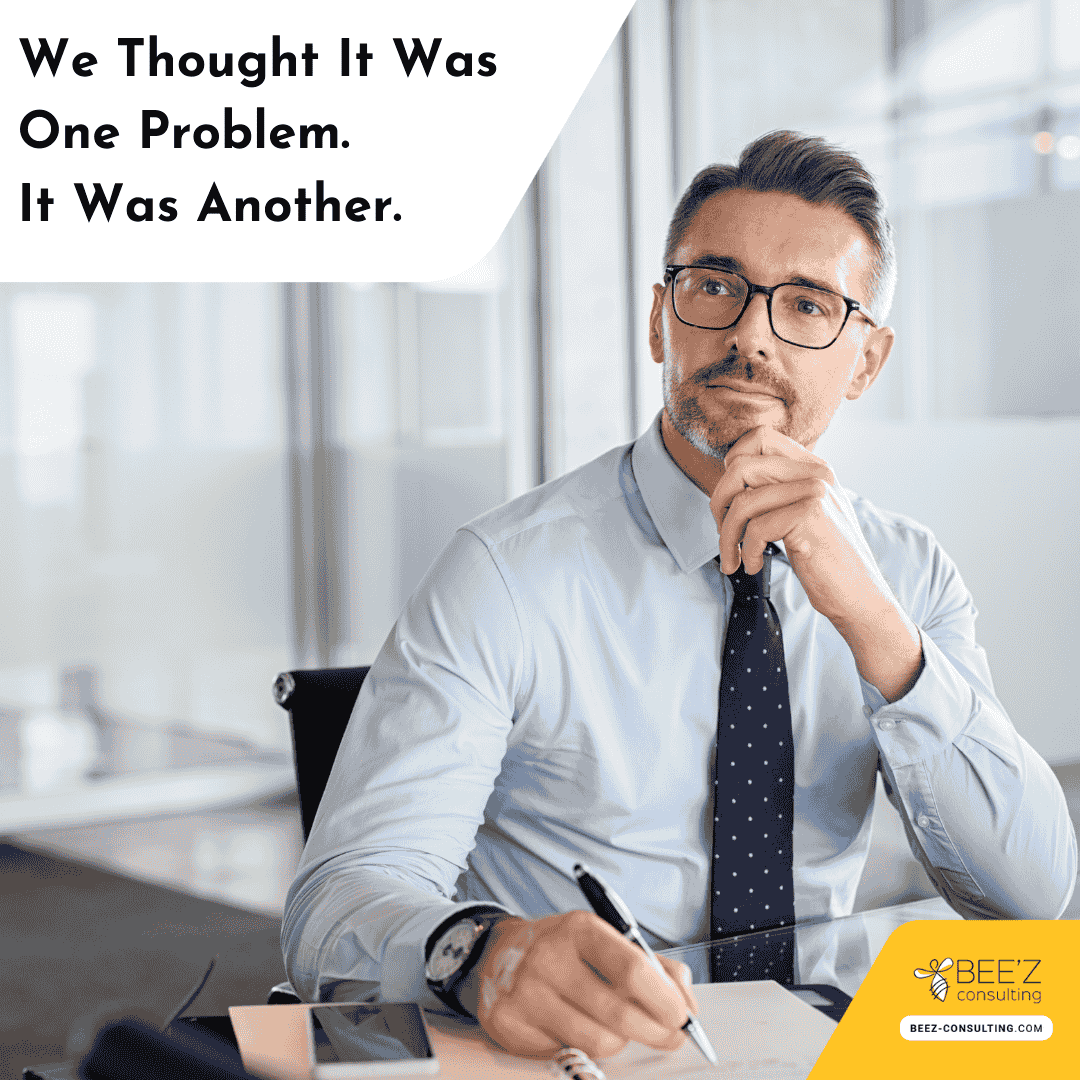
Innovation is accelerating. Technology is evolving. Customer expectations are rising. And so are the values and aspirations of your workforce.
To keep up, companies must reinvent more than just their business models—they must rethink the way they manage people, purpose, and performance.
As business ecosystems become more agile and adaptive, HR and leadership strategies must follow suit.
Today’s organizations don’t run on machines—they run on human potential:
Which means the C-suite has a new job to do: empower the collective intelligence of their teams and foster a culture that celebrates progress, risk-taking, and learning from failure.

In 1994, Harvard professors Heskett, Jones, Loveman, Sasser, and Schlesinger coined the concept of the Service Profit Chain.
Their research revealed a powerful insight:
The quality of customer experience is directly linked to the satisfaction of the employee delivering it.
This became known as the Satisfaction Mirror.
A motivated, engaged employee is more likely to deliver excellence—and their satisfaction influences customer loyalty, revenue, and brand reputation.

IBM internal data showed that two-thirds of their customer experience scores could be explained by employee engagement.
So they pivoted.
As Diane Gherson, IBM’s former Chief HR Officer, told Harvard Business Review France:
“When we increase client satisfaction by 5 points, we see a 20% revenue uplift. The impact is obvious.”
How did they do it? By turning away from top-down HR design—and embracing co-creation.
Employees became co-designers of their own experience. And continuous improvement became embedded in how HR, leadership, and teams collaborated.
Franck Giovannini, head of the world-renowned Hôtel de Ville de Crissier, applies the same principle—with Michelin-starred excellence.
“I look for people who love what they do and want to grow. Our job is to train them,” he says.
And the payoff?
“Our customers tell me every day: ‘It’s clear your team is happy here.’”
Engaged employees don’t just work better. They radiate their energy—and customers feel it.
A satisfied, empowered employee leads to:
✅ Higher motivation
✅ Better productivity
✅ Lower turnover
✅ Reduced absenteeism
✅ Stronger brand experience
Which leads to:
💡 Improved customer satisfaction
📈 Higher profitability
🏆 Greater competitiveness
This is no longer soft HR. It’s core business strategy.


Lessons from 2025. The real blockers were not strategy or tech. They were decisions, load, trust, and habits. Practical moves for 2026.


Learn how to turn your company’s values into daily actions with simple micro-habits !

.png)
New research shows your middle managers decide if change sticks. See how to support them with simple weekly habits and real practice labs.
